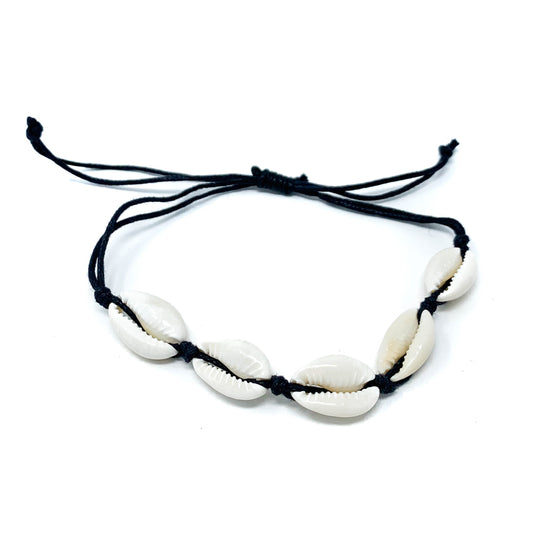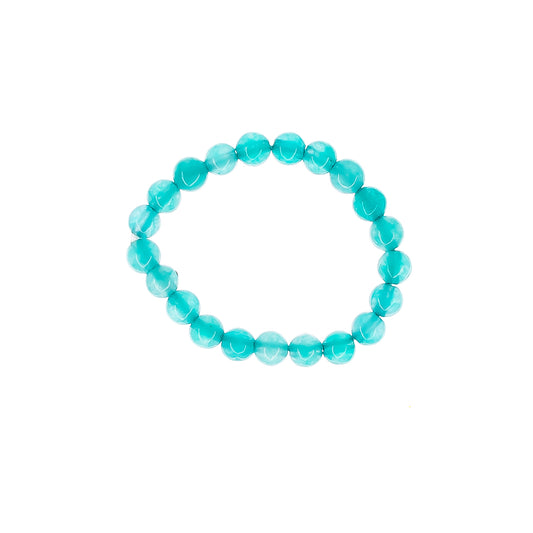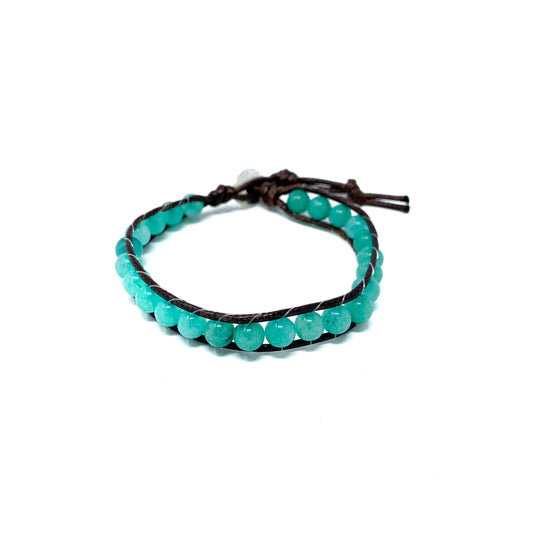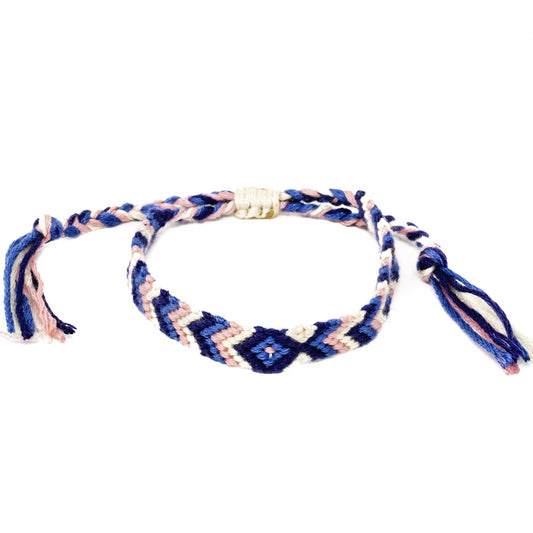Spending time in the water can be addictive. Your love will lead you to push yourself to continue your water sports throughout the year, especially in colder weather. Perhaps you already live in a cold climate and need to wear a wetsuit year-round. Either way, in this article, we will cover some of the most critical aspects of the wetsuit and how to find to perfect one for you.
The wetsuit is designed to keep you comfortable while you surf, swim, or snorkel. This is not a piece of equipment to mess up. You want to get it right. Here are three critical components of the wetsuit we will cover today:
- Design and make
- Thickness
- Fit
Before we jump into these elements, let's give a quick overview of wetsuits to anyone new to the game.
What is a Wetsuit?
A wetsuit is a piece of outerwear worn by water enthusiasts to keep them warm while in the water. Wet suits come in many different designs. Some are just a shirt or vest style, while others are a full-bodied onesie. The primary material used to make a wetsuit is neoprene.
Neoprene is a rubbery material that can stretch and flex upon movement. However, the most crucial aspect of neoprene is its insulation ability. Neoprene's ability to insulate comes from tons of tiny suspended nitrogen bubbles within the material. These bubbles inhibit your body heat from being conducted back into the water.
How Does a Wetsuit Work?
Along with the nitrogen bubbles, a wet suit works by trapping a thin layer of water between the body's skin and the neoprene. Your body then warms the water, adding another layer of insulation from the cold. Wetsuits are not entirely waterproof; however, they are designed to use the water inside the wetsuit to the swimmer's advantage.
Drysuits are different from wetsuits in that drysuits keep your body completely dry from the water. However, drysuits have their own set of advantages and disadvantages.
Let's look at wetsuits in more depth.
How to Choose a Wetsuit
Choosing the right wetsuit is a personal decision. Some people are more tolerant to cold conditions. Hopefully, as we lay out several guidelines, you will be able to choose the right option for you.
Let's jump into our first factor to consider when choosing a wetsuit.
Wetsuit Design and Make
The first thing to consider is the design. You will also need to consider a few things about how the wetsuit is made, so we discuss the make and design together.
Here are several factors to consider:
- Vest, top, or full-body wetsuit
- Zipper placement
- Seam structure
1. Vest, Top, or Full-body Wetsuit
Wetsuits come in various structures. Some are just a t-shirt, while others encompass the whole body. If you are doing a lot of warm water and warm climate surfing, you might be okay with a t-shirt or vest. But if you find yourself in colder conditions, you'll want the full-body suit.
When picking out your design, take note of what job the suit was designed to do. If the wetsuit is made for deep diving, it's not going to have the proper mobility in the arms for surfing. Each wetsuit is created with a purpose.
2. Zipper Placement
The best zipper on a wetsuit is no zipper at all. Zippers tend to let water flow more easily into the suit, causing your body to rewarm itself continually. This isn’t optimal. Zipper-less wetsuits do tend to be more expensive, so if you get a wetsuit with a zipper, try to get one with the zipper on the front. The front placement causes less water to enter when you fall.
3. Seam Structure
The best seams on a wetsuit are glued together with a high-grade adhesive made for neoprene. The seams are then stitched with a "blindstitch." The blindstitch does not fully penetrate the neoprene, which means less water seeping inside.
The seams on a wetsuit will deteriorate over time. If you decide to get a cheap wetsuit, you may be replacing it sooner than you think.
Wetsuit Thickness
The thickness of your wetsuit will determine how insulated you will be while on the waves. The range of wetsuit thickness is usually from 3-6 millimeters.
Some wetsuits will advertise that they are a specific thickness when, in reality, they are much thinner. For instance, the wetsuit's torso might be 5 mm, but the arms are only 2 mm. However, the wetsuit will say it is a 5 mm wetsuit.
Before you settle on a wetsuit, do some sniffing around and read multiple reviews on the product. This way, you can know the exact characteristics of the wetsuit.
Finally, a properly tailored thin wetsuit will keep you warmer than a thick wetsuit that doesn't fit. We will cover fit in more detail in the next section.
Proper Wetsuit Fit
The fit of the wetsuit matters more than all other factors listed previously. You can have the most quality wetsuit on the market, but if it doesn't fit correctly, you will have a poor experience.
A well-fitting wetsuit will be snug all over, but not cut off any circulation. Here's a way to test if a wetsuit fits: if you can easily grab a fold of the neoprene, your wetsuit is too loose.
There are much more advanced ways of testing the fit of a wetsuit. If you are going to buy a new wetsuit, we highly recommend you follow whatever sizing chart provided by the manufacturer. Some places will make a custom wetsuit for your body type.
Whatever you do, don't rush the fit. If you get an overly small wetsuit, you will spend more time trying to get into it than actually enjoying the water. If you get a wetsuit that is too big, it won't do its job – it will just be a loose wet blanket on your back. You must get the fit right. If you do, you’ll have endless hours of joy on and in the water.
Many wetsuits come in an array of colors to help you express your beach look. Charming Shark also has a ton of beach accessories to help you find you rhythm while on the water.
Written By: Gideon Zielinski





